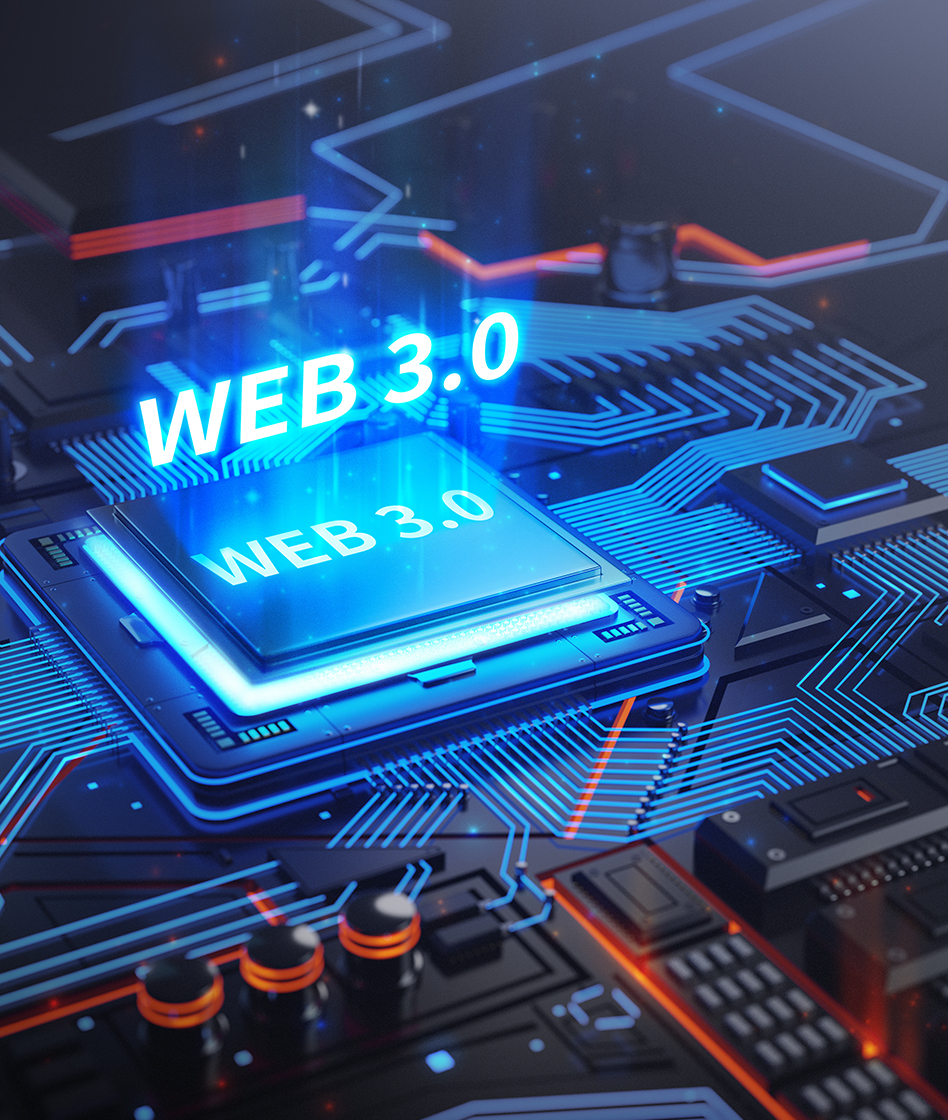Web 3.0
Web 3.0 NFT – Web 3.0 Semantic Web
Definition of Web 3.0
Web 3.0 represents the next era of the internet, where the focus is on decentralization, increased user control, and an intelligent integration of technologies. It promises a more transparent and user-centric online experience, contrasting starkly from its predecessors. With the rise of decentralized platforms, Web 3.0 aims to give users more power over their data and online activities.
Key Characteristics of Web 3.0
Web 3.0 is characterized by its decentralization and openness. It offers a semantic web where data is shared across platforms seamlessly. Artificial Intelligence (AI), Internet of Things (IoT), and decentralized ledger technologies like blockchain empower Web 3.0, providing more personalized and secure interactions. Furthermore, the web’s architecture allows for more immersive experiences through augmented reality (AR) and virtual reality (VR).
Evolution of the Internet: Web 1.0 to Web 3.0
To understand the transformative potential of Web 3.0, it’s essential to reflect on the evolution of the internet. Web 1.0 was the “read-only” static era, limited to passive content consumption. Web 2.0 brought interactivity, social media, and user-generated content, nurturing a community-driven digital space. Now, Web 3.0 heralds an era of decentralization, where users control their data, and digital interactions are more intelligent, personalized, and secure.
Technologies Driving Web 3.0
Blockchain
Blockchain technology is at the core of Web 3.0, enabling decentralization and a more secure internet, free from single points of failure.
Artificial Intelligence (AI)
AI facilitates smarter search capabilities and personalized user experiences, automating processes and enhancing decision-making.
Internet of Things (IoT)
IoT extends Web 3.0 into the physical world, connecting devices and enabling real-time data exchange to enhance connectivity and functionality.
Potential Applications of Web 3.0
The applications of Web 3.0 are vast and varied. Imagine a decentralized social media platform that prioritizes user privacy and data security, or an online marketplace where users have direct control over their transactions, eliminating the need for intermediaries. With AI, Web 3.0 can enhance e-commerce, healthcare, and educational platforms by providing tailored user experiences and better service delivery.
Differences Between Web 2.0 and Web 3.0
Web 2.0 facilitated user interaction and collaboration via centralized platforms, fostering a participatory culture. However, these platforms often control user data and content. In contrast, Web 3.0 shifts towards decentralization, where users reclaim power over their data, minimizing reliance on central authorities. Enhanced privacy, data ownership, and blockchain-based interactions set Web 3.0 apart from its predecessor.
Challenges and Concerns Related to Web 3.0 Adoption
Despite the promising future of Web 3.0, several challenges impede its widespread adoption. The complexity of blockchain technology can be daunting, requiring users to adapt to new systems and protocols. Scalability issues, regulatory concerns, and the digital divide also pose significant barriers. Additionally, ensuring security in decentralized frameworks remains a pressing concern.
Impact of Web 3.0 on Industries and Society
Web 3.0 is set to revolutionize various industries, from finance and healthcare to entertainment and education. By decentralizing control and enhancing privacy, Web 3.0 empowers individuals and businesses to operate in a more transparent and efficient manner. The societal impact is equally profound, offering a more equitable digital environment where users are active participants rather than passive consumers.
Companies and Projects Leading the Development of Web 3.0
Several companies and projects are spearheading the Web 3.0 movement. Blockchain platforms like Ethereum and decentralized storage providers like Filecoin are pivotal. Furthermore, projects focusing on decentralized identities and privacy-enhancing technologies are crucial in shaping the Web 3.0 landscape.
Future Outlook for Web 3.0 Adoption
The future of Web 3.0 holds immense potential for redefining the internet’s role in society. As more individuals and organizations recognize the value of decentralization and user empowerment, adoption is expected to accelerate. Embracing Web 3.0’s principles could lead to a safer, more democratic, and user-oriented internet.
In this dynamic environment, #HashtagSpace champions the decentralized web by offering innovative solutions that integrate seamlessly with Web 3.0 technologies. We invite you to join us in exploring and pioneering this digital frontier, ensuring your online presence is both powerful and secure. Reserve your #hashtag today and step confidently into the future of the internet.


